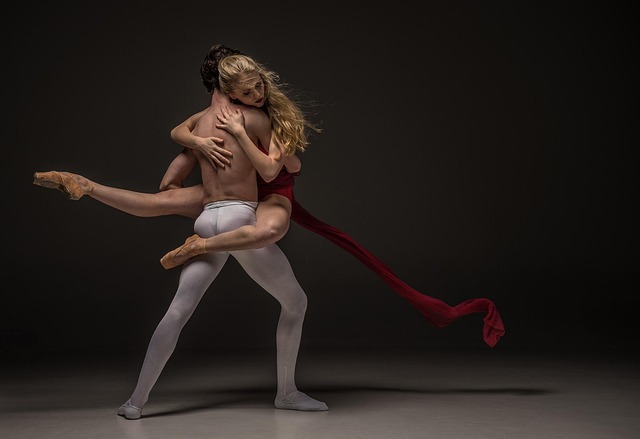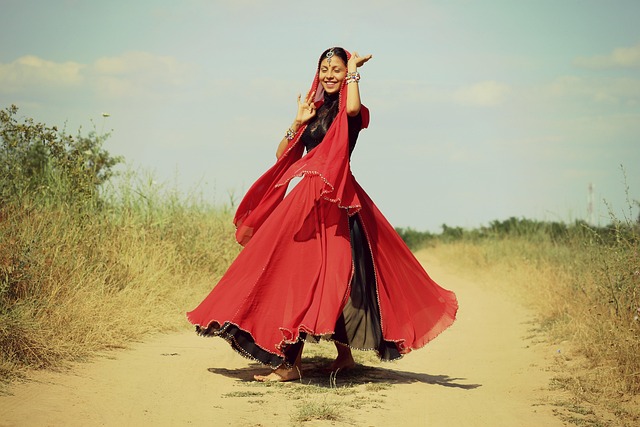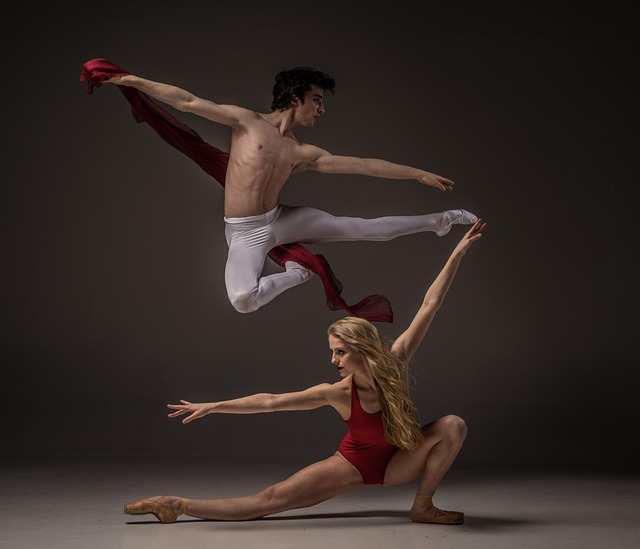
“Diving into the Art of Dancer Expressiveness”
When we think about dance, it’s easy to be captivated by the technical prowess and physical strength exhibited by dancers. However, what truly sets a remarkable dancer apart is their ability to convey emotion and connect with their audience. This is the essence of dancer expressiveness, and it is an art form in itself.
The beauty of dance lies not only in the movement but also in the stories that dancers tell through their bodies. Dancer expressiveness is an intricate tapestry woven with emotions, experiences, and creativity. It’s a language that transcends words, allowing performers to communicate on a profoundly personal level. Every gesture, every swirl of a skirt, the arch of a hand—each element plays a part in crafting a narrative that resonates with viewers.
Imagine attending a performance where a dancer’s face lights up with joy during an upbeat routine, or conversely, where their movements are infused with sorrow in a slower, more poignant piece. These visceral portrayals draw the audience in, leaving them feeling every bit of the dancer’s journey. It speaks to the shared human experiences of love, loss, and everything in between.
Training in dance often emphasizes technique, but to master dancer expressiveness, it requires the ability to tap into one’s own emotions and vulnerabilities. Dancers must learn to be present in the moment, permitting themselves to be vulnerable while embracing the essence of their character. This authentic connection with one’s self and the audience can transform a good performance into an unforgettable experience.
Moreover, different dance styles provide unique opportunities for expressiveness. Classical ballet, with its refined movements, may convey grace and elegance, while contemporary dance may lean towards abstract interpretations of deeper themes. Jazz and hip-hop, on the other hand, often celebrate energy and improvisation. Each style offers a different palette for dancers to paint their emotional landscapes.
To cultivate strong dancer expressiveness, it’s essential for performers to explore various techniques. Workshops focused on improvisation and emotional expression, classes in acting, and even mindfulness practices can enhance a dancer’s ability to communicate through movement. Engaging with different art forms—such as theater, music, and visual arts—can also provide fresh inspiration and enhance a dancer’s emotional toolkit.
On stage, when a dancer captures the essence of a feeling and translates it into movement, the audience is invited into an intimate dialogue. It’s a magical moment when time stands still, and the power of expressiveness elevates dance into something transcendent. This is the magic that draws spectators to theaters and festivals, eager to witness and feel the stories told by the bodies of dancers who have worked tirelessly to perfect their craft.
In embracing dancer expressiveness, performers inspire others—not just to appreciate the art of dance, but to recognize the depth of emotional storytelling that lies within all of us. Dance serves as a reminder that expressiveness isn’t merely a skill; it’s a fundamental aspect of our humanity, waiting to be unleashed through movement.


